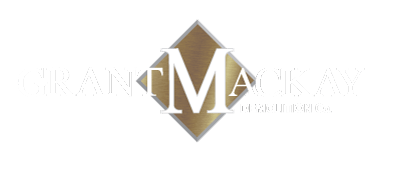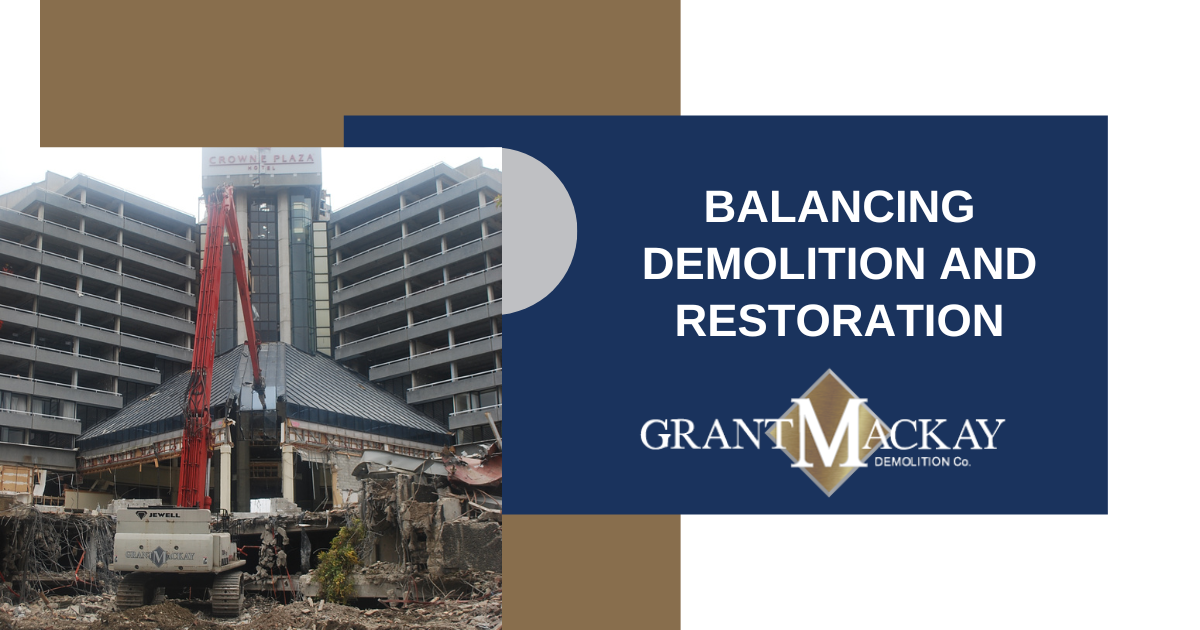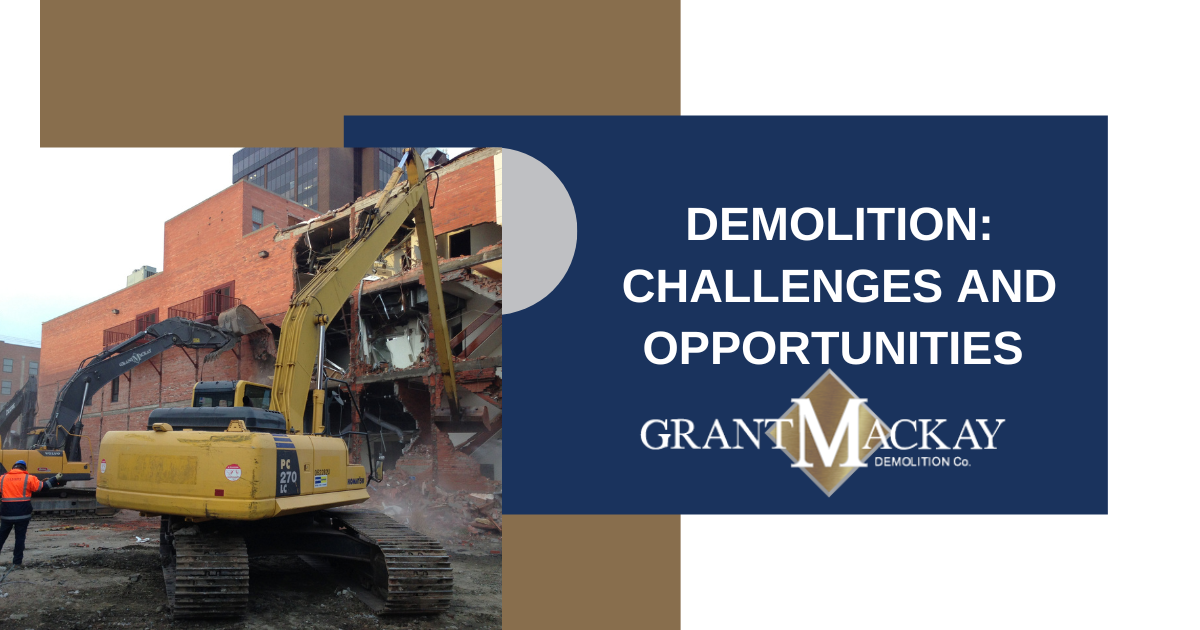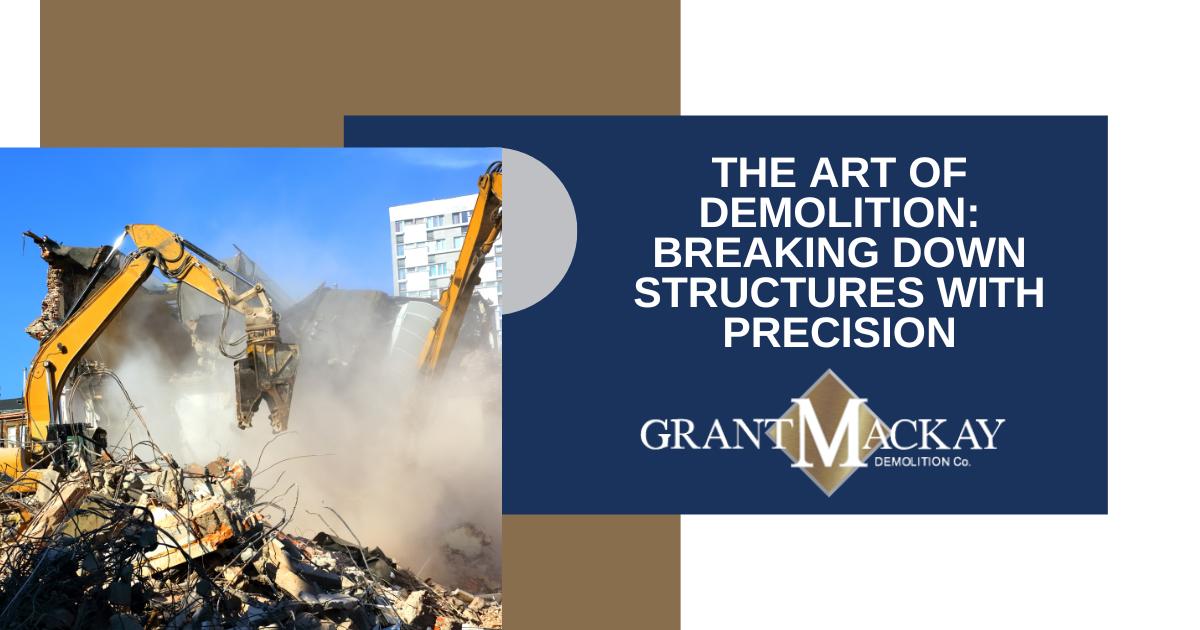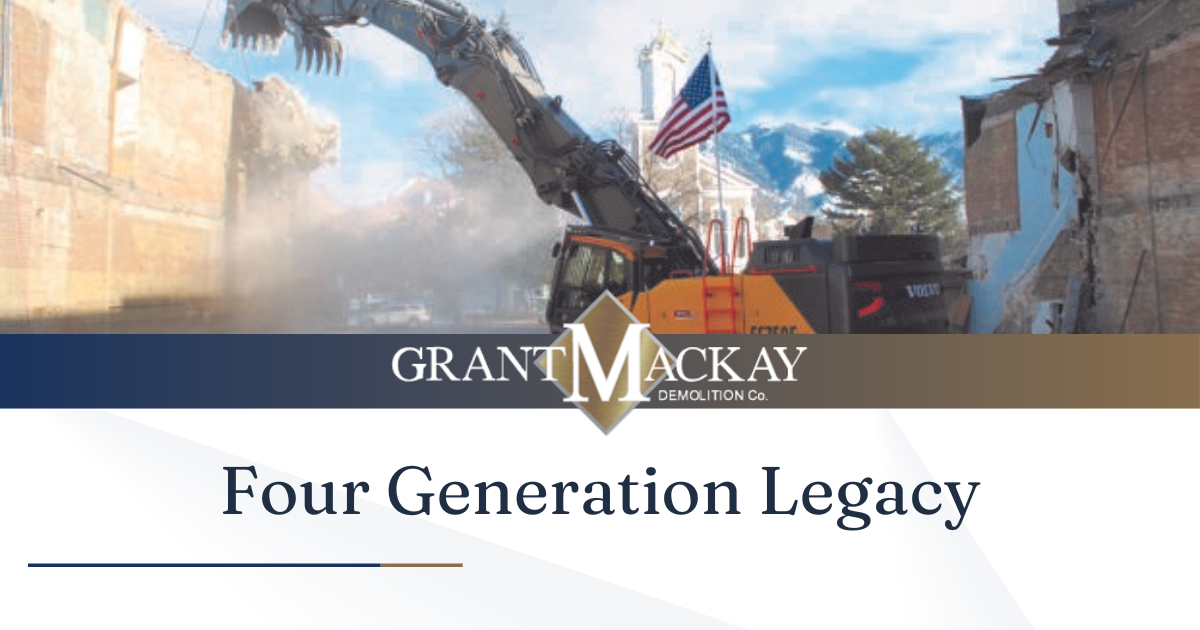One of the primary safety concerns during building demolition is ensuring structural stability.
Demolishing buildings is a complex task that requires careful planning and execution to ensure the safety of workers, nearby residents, and the surrounding environment. The process involves dismantling structures, removing debris, and managing hazardous materials.
Risk Assessment and Planning
Before any demolition project begins, a thorough risk assessment must be conducted. This involves identifying potential hazards, such as unstable structures, hazardous materials, and nearby utilities. It is crucial to develop a detailed demolition plan that outlines the sequence of operations, safety procedures, and emergency protocols. Engaging qualified professionals, such as structural engineers and environmental consultants, can help in assessing and addressing potential risks.
Structural Stability
One of the primary safety concerns during building demolition is ensuring structural stability. Dilapidated or compromised structures can pose significant risks to workers and surrounding areas. Prior to demolition, a comprehensive structural analysis should be performed to determine the safest methods of dismantling the building. Techniques such as selective demolition, using high-reach excavators, and section-by-section dismantling can minimize the risk of collapse.
Hazardous Materials Management
Many older buildings contain hazardous materials like asbestos, lead, and PCBs. Proper identification and management of these substances are critical for worker safety and environmental protection. Asbestos, for instance, can cause severe health issues when released into the air during demolition. Implementing appropriate procedures for asbestos removal and disposal, in compliance with local regulations, is essential to prevent exposure.
Dust and Air Quality Control
Demolition activities generate large amounts of dust, which can adversely affect air quality and pose health risks to workers and nearby communities. Effective dust control measures should be implemented, such as covering exposed surfaces, using water sprays, and employing dust suppression systems. Additionally, air monitoring should be conducted regularly to ensure that dust levels remain within acceptable limits.
Noise and Vibration Management
Demolition processes can produce loud noise and vibrations that may impact the surrounding areas. These disturbances can cause discomfort, stress, and potential damage to nearby structures. To mitigate these issues, it is essential to establish noise and vibration control measures. This may involve using noise barriers, limiting work hours, employing vibration-damping techniques, and notifying residents in advance about the demolition activities.
Waste Management and Recycling
Building demolition generates a significant amount of waste material, including concrete, wood, metals, and plastics. Proper waste management practices should be implemented to minimize environmental impact. Recycling and reusing materials can help reduce landfill waste, conserve resources, and lower overall project costs. Establishing partnerships with recycling facilities and implementing waste segregation practices are crucial aspects of responsible demolition.
Demolishing buildings safely requires meticulous planning, rigorous risk assessment, and the implementation of appropriate safety measures. Structural stability, hazardous materials management, dust and air quality control, noise and vibration management, and waste management are key considerations that must be addressed. By adhering to strict safety protocols and engaging qualified professionals, we can ensure the well-being of workers, protect the environment, and maintain the safety of surrounding communities during building demolition projects.
Contact us today!
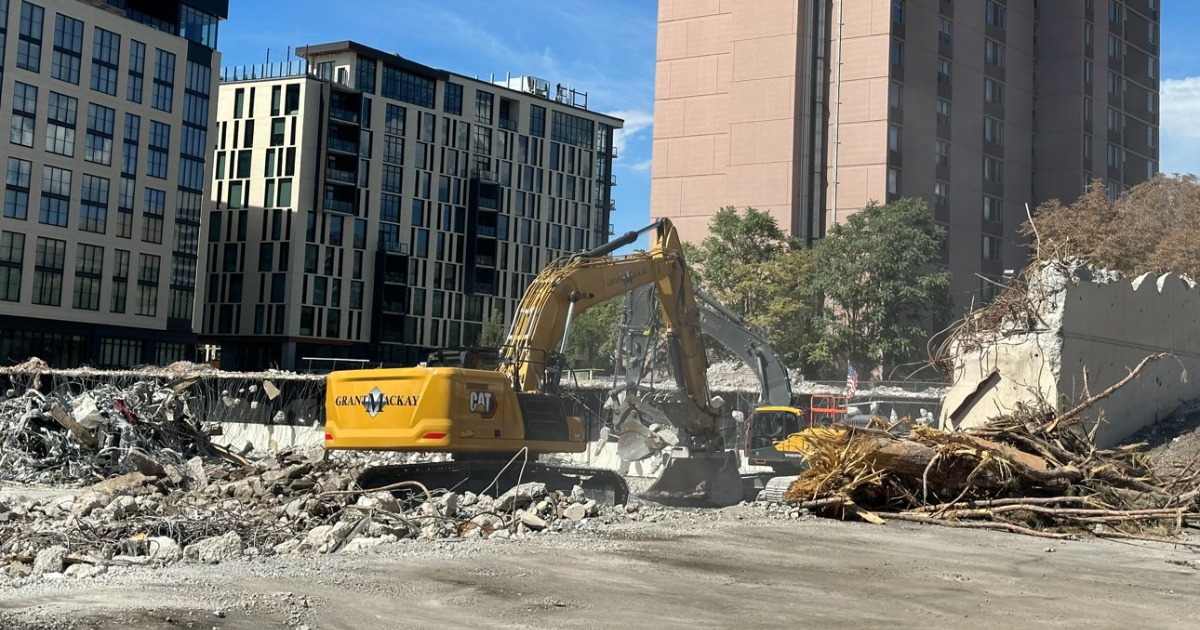
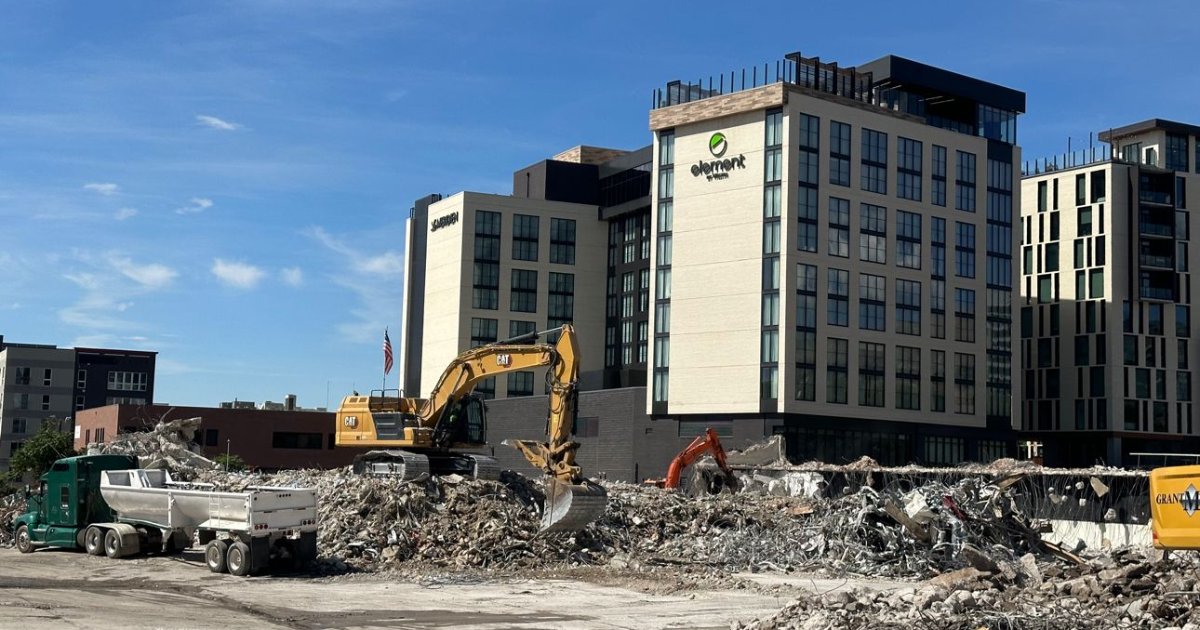
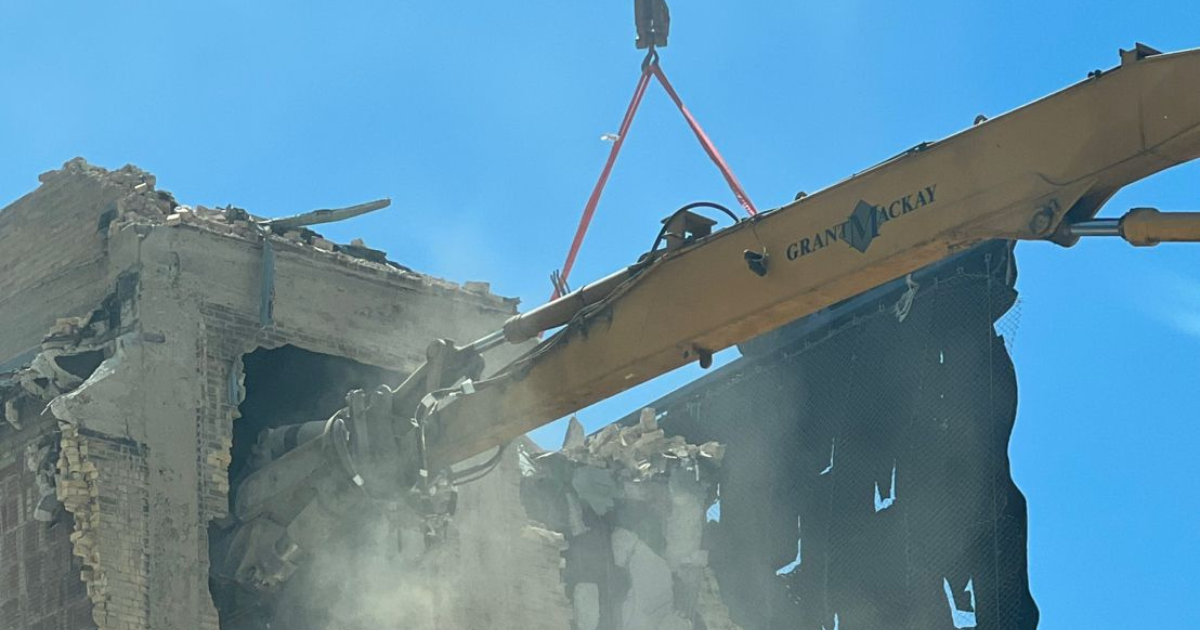
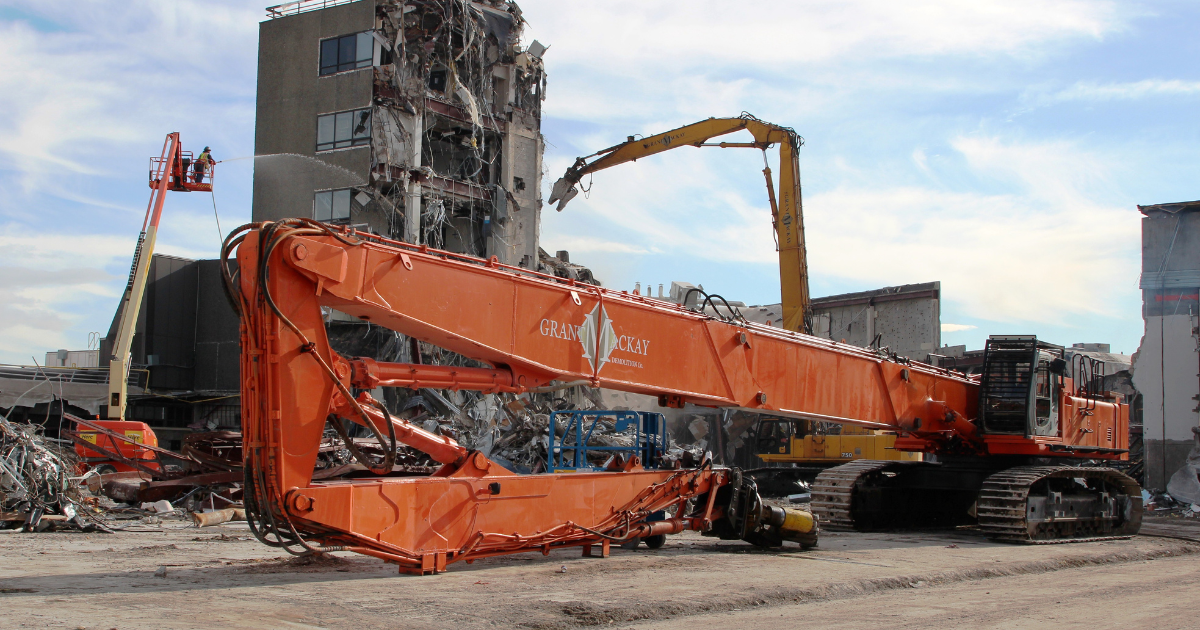
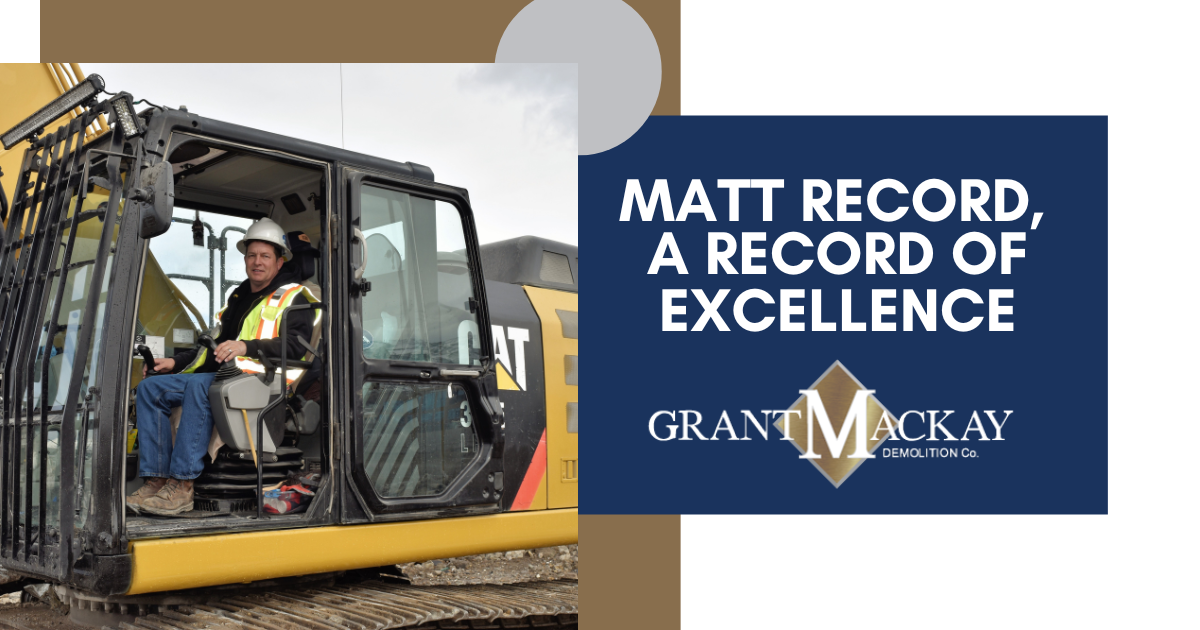
All Rights Reserved | Grant Mackay
